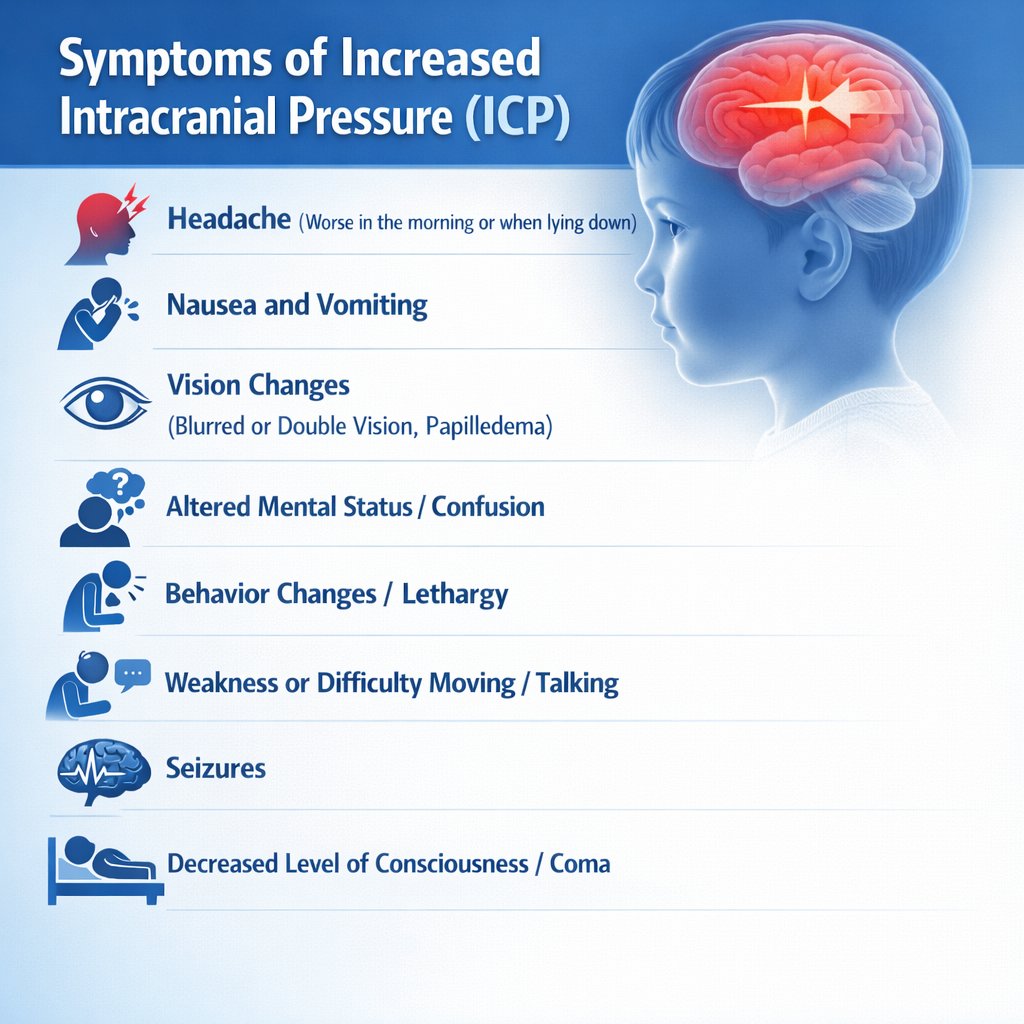Pediatric Post-Intubation Next Action
A 2 yo girl with history of a mitochondrial disorder presents after being found by parents to be hypoxic on her home pulse oximeter and in respiratory distress. She received supplemental oxygen via facemask and bag-valve mask ventilations while en route to the ED.
The patient is noted to be somnolent and minimally responsive with moderate retractions upon arrival.
Her T is 36.7, RR 20, HR 145, BP 107/60, p0x 71%. Oxygen saturations increase to 92% with airway repositioning, jaw thrust, shoulder roll and supplemental oxygen. Her extremities are warm and well perfused. Venous blood gas shows pH 7.08, pCO2 83, p02 51, HC03 31, Glu 106.
She is intubated with video laryngoscopy after administration of fentanyl, midazolam and rocuronium. The post-intubation chest x-ray is shown below.

Image courtesy of Ashley Keilman, MD
The next step in her management would be:
- Adjustment of the ETT tube
- Placement of a nasogastric tube
- IV antibiotics
- Admission to the intensive care unit
The correct answer is:
Adjustment of the ETT tube.
The endotracheal tube terminates in the proximal R mainstem bronchus and should be immediately repositioned.
This patient will require admission to the intensive care unit and may need further diagnostic testing and/or IV antibiotics depending upon her clinical course. However, prioritization of her airway management is critical to her stabilization.
Administration of propofol, succinylcholine or volatile anesthetics would be contraindicated in this patient due to her underlying mitochondrial disorder. Patients with mitochondrial disorders have an increased risk of propofol – infusion syndrome. Volatile anesthetics such as sevoflurane could cause anesthesia induced rhabdomyolysis. Succinylcholine could cause rhabdomyolyosis and/or irreversible hyperkalemia. [F&L 39-40, Olweny UTD]
This question appears in Med-Challenger Pediatric Emergency Medicine Exam Review with CME - 3rd Edition






.png)